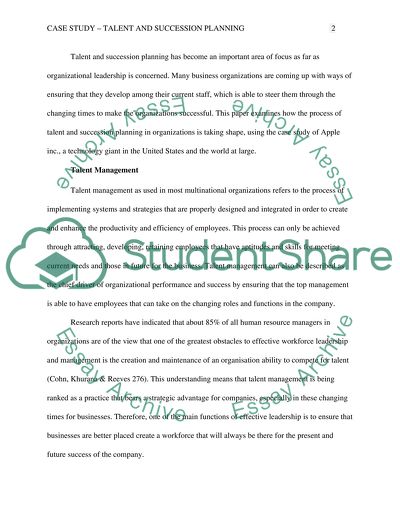Cite this document
(“Case Study Example | Topics and Well Written Essays - 1000 words - 32”, n.d.)
Retrieved from https://studentshare.org/religion-and-theology/1687940-case-study
Retrieved from https://studentshare.org/religion-and-theology/1687940-case-study
(Case Study Example | Topics and Well Written Essays - 1000 Words - 32)
https://studentshare.org/religion-and-theology/1687940-case-study.
https://studentshare.org/religion-and-theology/1687940-case-study.
“Case Study Example | Topics and Well Written Essays - 1000 Words - 32”, n.d. https://studentshare.org/religion-and-theology/1687940-case-study.


